NOV 27, 2021, SATURDAY:
SUMMARY: Drove back to Izmir airport with rain in some parts of the way. Took the flight to Istanbul SAW, picked up a taxi from the lines, got to our hotel. Checked in
Checked out of the hotel at 7 am, kept the key on the table, pulled the door shut and went down. Found the door locked.
We had already told the owner about our early departure. We called him on the skype, he was giving instructions on how to open a side door. This was the owner's son. Then the owner came down and opened the reception. We had already opened the side door. Anyway, we started our drive.
PEGASUS had sent an email the previous day changing our flight from 3.30 to 7.30 pm. We found it unacceptable, called them on skype and changed it to 1.30. Our original flight was into IST. This was into SAW. We had not noticed it when they sent the changed booking. We were planning to take IST 12 shuttle into Beyazit.
It was raining quite a bit and the road was slick. We drove slow and carefully. Had a meal in our car and then returned it at the airport.
IZMIR Sign using the famous lucky charm design at the airport...
We checked in and noticed we were flying into SAW only when we looked at the boarding pass. From SAW the HAVAIST goes only to Taksim. we can take a tram to Kabatas, just one stop, then take the T1 to Beyazit.
We decided to take a taxi. We had heard horror stories of overcharging. We went out, talked to the guys, they said it'll be around 250 liras and on the meter. we agreed. The driver drove crazy, talked non stop and smoked. We looked at the route he took, it was much more north than necessary and then he was coming down. Could not argue as he was constantly complaining about the traffic... the traffic was horrendous. He asked for extra money for tunnel. we refused. Anyway he dropped us at the hotel for 300 liras
TOM SQUARE BOUTIQUE HOTEL, BEYAZIT
I had left a small packet under the bed of our previous apartment with the freebis from the Turkish airlines etc, thinking we'll go back to the same apt. This time we got the one on the lower floor. We liked it and said yes. But my packet was gone!!
We were just happy to have made it without too much hassle. Went to BIM, stocked up, ate our meal and wound up.
NOV 28, 2021, SUNDAY:
SUMMARY: Sultanahmet square, Hagia sofya [had a calm and serene time inside to our delight]: ARASTA BAZAAR [excellent quality], MOSAIC PALACE MUSEUM [great views], Galata tower [amazing], Beyazit.
In the morning we took the tram to Sultanahmet square. We visited the tomb of the Sultan who had got the Blue Mosque built
The türbe (tomb) of Sultan Ahmet I
The türbe (tomb) of Sultan Ahmet I, the Blue Mosque’s great patron, is on the north side of the mosque facing Sultanahmet Park. Ahmet, who had ascended to the imperial throne aged 13, died in 1617 aged only 27; his türbe was constructed between 1617 and 1619 and like the mosque, features fine İznik tiles.
Buried with Ahmet are his wife, Kösem, who was strangled to death in the Topkapı Harem, and his sons, Sultan Osman II (r 1618–22), Sultan Murat IV (r 1623–40) and Prince Beyazıt (murdered by order of Murat).
Sultanahmet Square:
The Sultanahmet Square, also known as Hippodrome is surrounded by the famous Blue Mosque, Hagia Sophia Museum, Topkapi palace and Museum of Turkish and Islamic Arts,Hagia Sophia (Turkish: Ayasofya Kilisesi
MOSAICS
Restorers have attempted to maintain a balance between both Christian and Islamic cultures. In particular, much controversy rests upon whether the Islamic calligraphy on the dome of the cathedral should be removed, in order to permit the underlying Pantocrator mosaic of Christ as Master of the World to be exhibited (assuming the mosaic still exists).
The Imperial Gate mosaic is located in the tympanum above that gate, which was used only by the emperors when entering the church. Based on style analysis, it has been dated to the late 9th or early 10th century.
Altar (Mihrab)
Situated in the apse of Hagia Sophia, the altar which indicates the qibla is used by imams who lead the prayers. This semicircular niche is ornamented with tiles and verses from Quran. Both sides of it are with two giant bronze candlesticks, brought from a cathedral in Buda druing the Hungarian Campaign of Suleyman the Magnificient.
The first altar of Hagia Sophia had a canopy which broke in 558 and replaced by a silver one. The altar and its canopy was looted by the Crusaders in 1204. However, while it was taken by the Venetians by a ship, the ship opened and the Holy Altar sank into the sea near the island of Marmara. It has never been removed from the sea

Hagia Sophia is famous for the light that reflects everywhere in the interior of the nave, giving the dome the appearance of hovering above. This effect was achieved by inserting forty windows around the base of the original structure. Moreover, the insertion of the windows in the dome structure reduced its weight
Sultan’s Imperial Loge
The floor is predominantly made up of Proconnesian marble, quarried on Proconnesus (Marmara Island) in the Propontis (Sea of Marmara). This was the main white marble used in the monuments of Constantinople .
Originally, under Justinian's reign, the interior decorations consisted of abstract designs on marble slabs on the walls and floors as well as mosaics on the curving vaults. Of these mosaics, the two archangels Gabriel and Michael are still visible in the spandrels (corners) of the bema.
Lustration urns
Two huge marble lustration (ritual purification) urns were brought from Pergamon during the reign of Sultan Murad III. They are from the Hellenistic period and carved from single blocks of marble.
Then we walked in the Sultanahmet square
GERMAN FOUNTAIN
The Egyptian Obelisk
The Serpentine Column
WALLED OBELISK
ARASTHA BAZAAR
Great Palace Mosaic Museum
We bought some souvenirs and gifts
Bought oregano and Maja spice powders for our use.
Then we took the tram to Galata tower
GALATA TOWER
It is a nine-story building after the high ground floor. The windows on the cylindrical body are brick-knit circular arches. The development of the last two floors just below the cone roof is emphasized by the profiled moldings surrounding the cylindrical body. There is a observation balcony with metal ornamented network that surrounds the floor under the cone roof. On the lower floor, there are round arches sitting on deep niche piers and brick-knit circular arched windows.
Today, it is observed that the part of the building up to the third floor has a Genoese character and the other floors have an Ottoman character. The building is used today as a museum with exhibition areas.
We had to queue up though we had the museum pass. The views were great


























































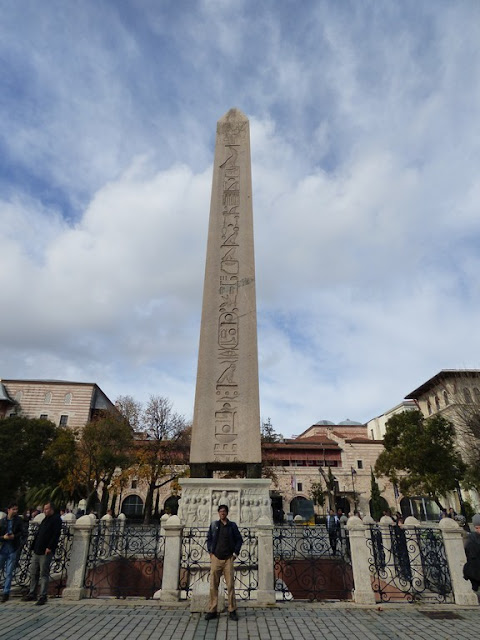










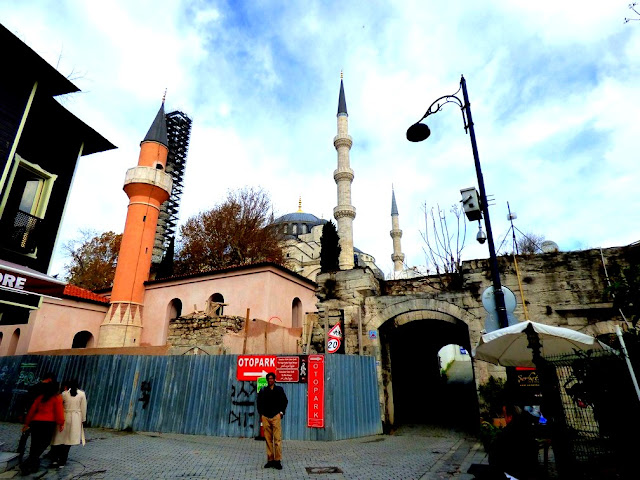
















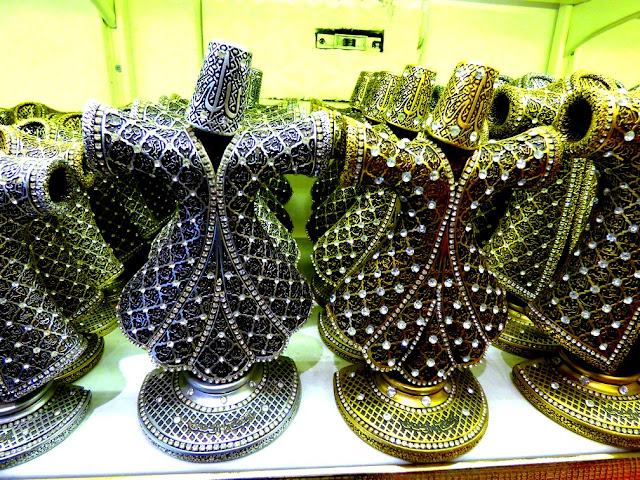











































































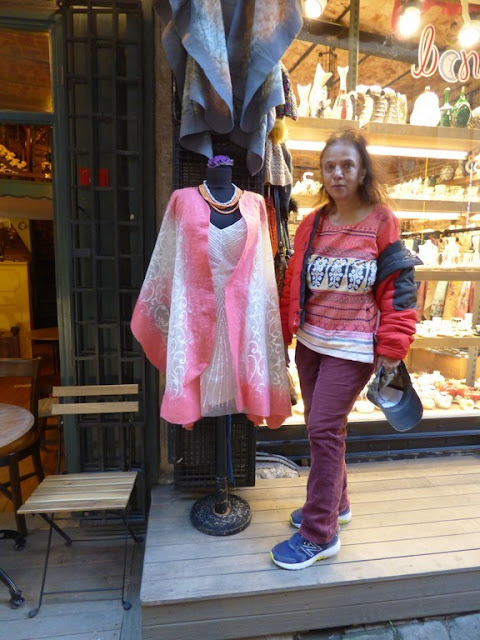









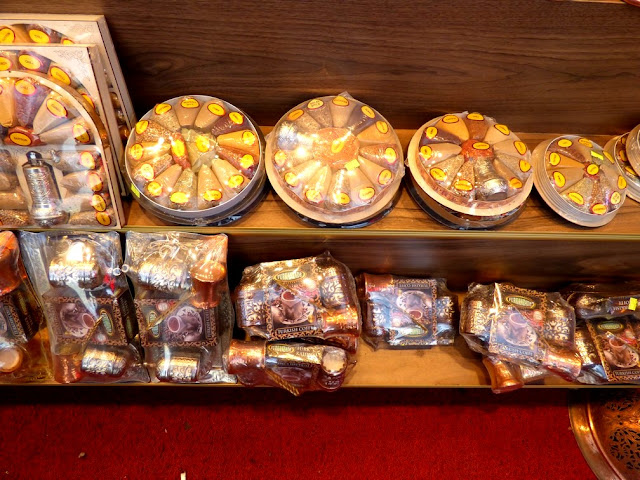






No comments:
Post a Comment